Lithium-ion batteries are green, high-energy and environmentally friendly
batteries that appeared in the 1990s. They have outstanding advantages such as
high energy density, environmental friendliness, no memory effect, long cycle
life, and low self-discharge. They are ideal for cameras, mobile phones,
laptops, and portable measurement equipment. It is an ideal power source for
small and lightweight electronic devices such as instruments, and is also an
ideal lightweight and high-energy power source for future electric vehicles and
special applications. Therefore, lithium-ion batteries have become a hot topic
of extensive research in the battery industry in recent years.
Formation is an important process in the production process of lithium
batteries. During the formation, a passivation layer is formed on the surface of
the negative electrode, that is, the solid electrolyte interface film (SEI
film). The quality of the SEI film directly affects the cycle life, stability,
and Electrochemical properties such as self-discharge and safety meet the
requirements of secondary battery sealing and maintenance-free. However, the SEI
film formed by different formation processes is different, and the impact on
battery performance is also very different. The traditional low-current
precharging method helps to form a stable SEI film, but long-term low-current
charging will increase the resistance of the formed SEI film, thus affecting the
rate discharge performance of lithium-ion batteries. The long process time
affects production efficiency. In addition, for the lithium iron phosphate
system, when the charging voltage is greater than 3.7V, the lattice structure of
the lithium iron phosphate may be damaged, thereby affecting the cycle
performance of the battery. Therefore, it is very important to explore an
efficient lithium battery formation process. necessary. This article examines
the impact of four formation processes on battery performance, and optimizes an
efficient lithium-ion battery formation process, which can improve production
efficiency and improve the performance of lithium-ion batteries.
1 trial
1.1 Main raw materials and equipment
The main raw materials and equipment used in the formation and cycle tests
are shown in Table 1.
1.2 Preparation of battery
The company's lithium-ion battery production flow chart is shown in Figure
1.
1.3 Testing
1.3.1 Formation
Take 12 40AH batteries injected from the same batch and divide them into
four groups, labeled A-1,2,3, B-1,2,3, C-1,2,3, D-1,2, respectively. 3. On the
formation testing machine, the formation processes of the four groups of
batteries are shown in Table 2.
1.3.2 Cycle test
After formation, the batteries were allowed to stand for 7 days. In a
constant temperature box, a formation testing machine was used to conduct charge
and discharge tests on the four sets of batteries at I3 current pairs, and the
batteries were cycled at a constant temperature of 25°C for 30 weeks.
2Results and discussion
2.1 Formation
Batteries A-1, 2, 3, B-1, 2, 3, C-1, 2, 3, and D-1, 2, 3 were formed
according to the above-mentioned formation process. The formation test data are
shown in Table 3.
It can be seen from the data in Table 3 that the formation process 2 takes
the shortest time, about 10 hours shorter than the formation process 1; the
formation process 3 takes the longest, about 10 hours longer than the formation
process 1; the formation process 4 is about 10 hours shorter than the formation
process 1 3 hours. By comparing the above data, formation processes 2 and 4 have
significantly improved production efficiency. Further cycle testing is required
to make an in-depth comparison of the impact of the above formation processes on
battery performance.
2.2 Cycle test
After formation, the battery was allowed to stand for 7 days. The four
groups of batteries were charged and discharged with I3 current and cycled at a
constant temperature of 25°C for 30 weeks. The cycle curves of the four groups
of batteries were fitted as shown in Figure 2:
It can be seen from Figure 2 and experimental data:
(1) After 30 cycles, the batteries formed by formation process 1, formation
process 2, formation process 3, and formation process 4 have an average
reduction in discharge capacity of 0.123%, 0.075%, 0.113%, and 0.068%
respectively. It can be seen that the formation process cycle 4 has the best
performance.
(2) The formation time of Formation Process 2 is about 10 hours shorter
than that of Formation Process 1, which can greatly improve production
efficiency, and the battery capacity decays slowly, but the discharge capacity
of the battery is low.
(3) Batteries formed by formation process 3 have a faster capacity fading,
and the formation time is about 10 hours longer than that of formation process
1, resulting in low production efficiency.
(4) The three batteries formed by formation process 4 have a higher
discharge capacity and slow capacity fading, and the formation time is about 3
hours shorter than that of formation process 1, which can improve production
efficiency.
3 Conclusion
Comprehensive comparison of four formation processes, and the impact of the
four formation processes on battery performance was examined. From the analysis
of formation and cycle data, it can be seen that formation process 4 is better.
This formation process can improve production efficiency and increase the
discharge capacity of lithium-ion batteries. , Improve the cycle performance of
lithium-ion batteries. The formation process is: 0.1C constant current charging
to 0.65 of the battery charge, then 0.1C constant current discharge to 2.5V, two
consecutive cycles.
Read recommendations:
Home energy storage battery FBC-HS03
What common sense do you need to understand when using high-temperature batteries.button cell batter
How to Discharge Cylindrical Lithium Batteries
Rack-mounted energy storage battery GN-192V 100Ah
li-ion 18650 battery
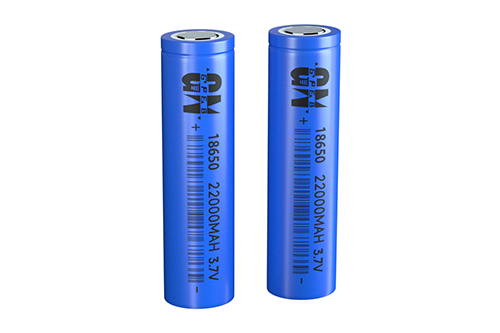
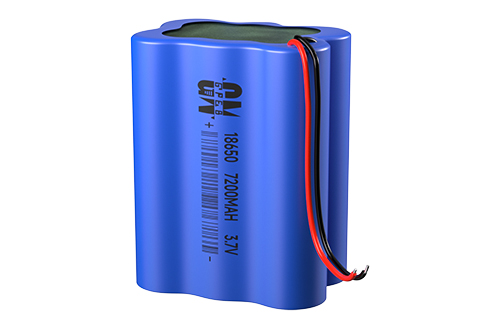

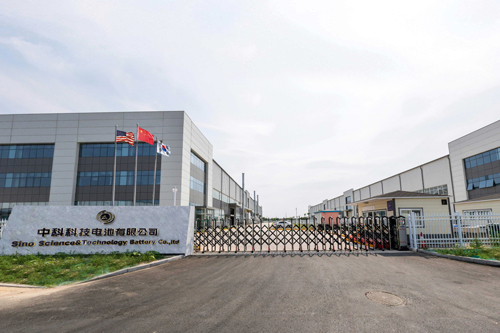

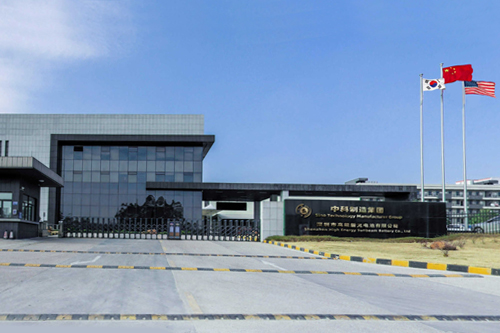



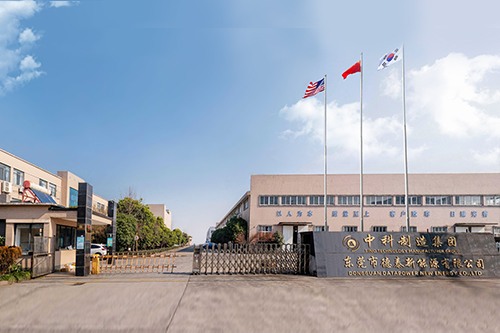

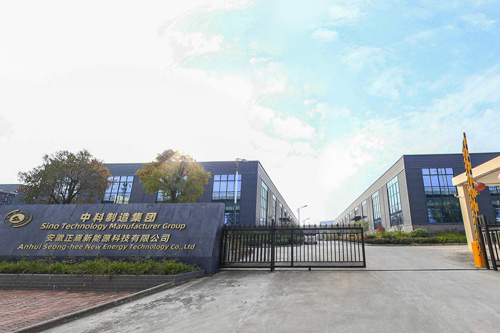

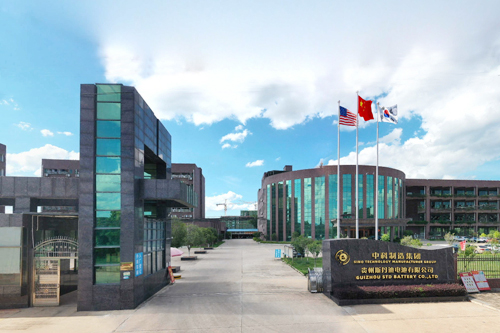

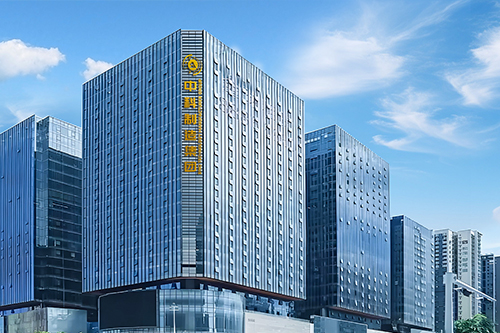




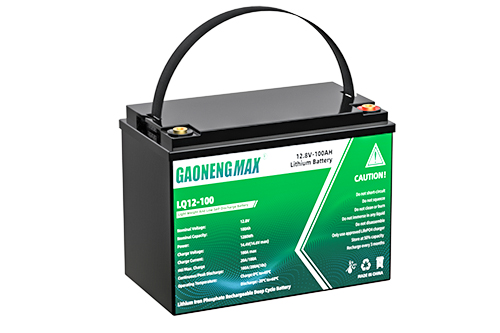
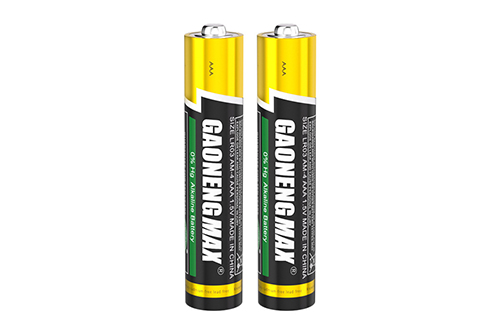

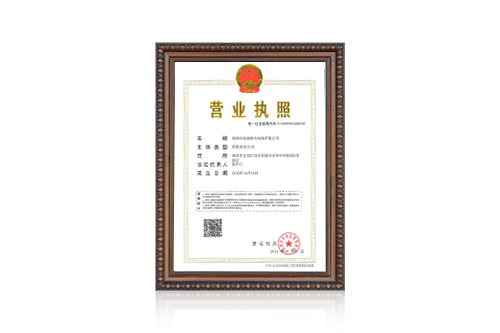
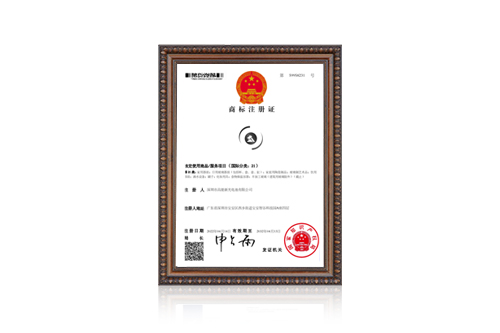
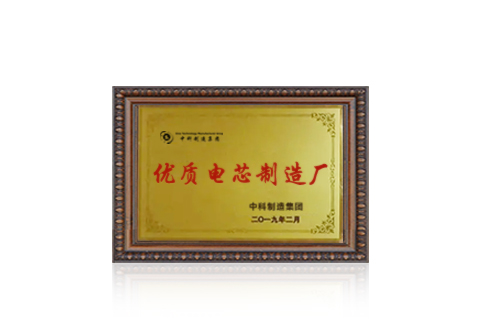
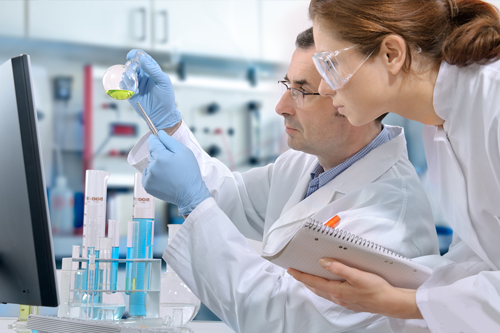
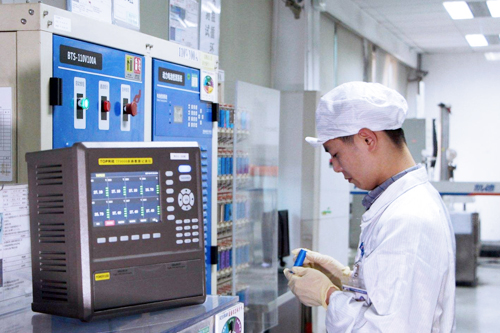















 360° FACTORY VR TOUR
360° FACTORY VR TOUR
 Whatsapp
Whatsapp
 Tel
Tel Email
Email TOP
TOP